“Swollen Leg Syndrome” is frustrating, but can be managed successfully.
by Holistic Horse Contributors
ask Holistic Horse
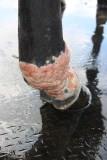
Lymphangitis in horse leg
“Swollen Leg Syndrome” is frustrating, but can be managed successfully.
INTRODUCTION
The lymphatics are a type of tubular system that drains excess fluids and proteins from tissue and gradually routes it back into the main blood circulation. Lymphatics are present practically everywhere in the body, but the most common place to encounter problems is in the legs of the horse.
Fluid in the lymphatics is dependent on movement, muscle contraction and pulsation of the blood vessels to keep it moving in the right direction. In some horses, standing idle for prolonged periods can lead to edema or swelling of the legs, often due to leakage of fluid from the lymphatics.
Some horses end up with chronic problems leading to intermittent stocking up or edema formation. As a veterinarian, I believe that managing the ongoing inflammatory process is critical for overall success. Through a combination approach, we can manage ongoing inflammation and modulate the immune response, which I feel is a major component to these conditions. — Tom Schell, DVM, www.curost.com

THE EQUINE LYMPHATIC SYSTEM
Modern methods of keeping horses stabled, with limited time for free exercise and concentrated physical training sessions, create an unnatural pattern of movement. When a horse is standing still, the transport capacity of the lymphatic system decreases significantly. Both the velocity of flow and the total volume of lymph being moved will be reduced, putting the standing horse at a distinct disadvantage with regard to recovery from injury or exertion. The horse’s high number of lymph nodes (roughly 8000 compared to an average of 600 in the human) provides a greater propensity for lymphatic “bottlenecks” because lymphatic fluid slows down and concentrates upon entering each lymph node.
Notably, half of the horse’s 8000 lymph nodes are situated in the ascending colon. When access to ad lib forage is restricted, the horse’s lymphatic system is significantly compromised, as the lymph flow around the intestines is stimulated by the peristaltic action created from a continuous flow of food though the gut.
It is not unusual to see performance horses in their boxes almost permanently during the competitive season. A ration of hay or haylage given in the evening can be eaten up within a few hours, leaving the horse standing without food for up to 12 hours. The horse is then taken out for training exercise, whereby his lymphatic system is being asked to increase lymph flow from a compromised position very rapidly into a highly active state. Often horses are then returned to their stable still warm, and although the lymphatic system still has work to do in clearing cellular debris plus dealing with the consequential increase of arterial blood flow into the interstitium, it is not able to do so due to the return to inactivity.
It is therefore not surprising that many performance horses will develop swollen or filled legs as a result of lymphatic compromise. Many owners will try to reduce swelling by using elasticated stable bandages over some form of padding. However, this has been shown to simply transfer the edema via the superficial lymphatic system higher up the leg, where it gives the illusion of having dispersed. In 2006, a large veterinary study was undertaken in Germany to ascertain the effect of different types of bandaging on the lymphatic vessels. This involved injecting a continuous stream of contrast medium (dye) into the lymphatic vessels of horses under sedation and x-raying the effects. Horses bandaged with the elasticated stable bandages were found to have significantly impeded lymph flow when compared to those bandaged with specially designed lymphaticcompression bandages .
When one considers that every cell in the body relies upon receiving dissolved oxygen and nutrients from the interstitium to carry out its metabolic function properly, and that the lymphatic system collects cellular debris from the interstitium to filter and return it to the bloodstream, any disruption of the smooth functioning of the lymphatics will compromise cellular health. When the lymphatics are compromised (either by lack of movement, genetic predisposition, injury, surgery or post infection, such as in cases of lymphangitis), excess fluid within the interstitium will generally lead to edema forming ventrally to the abdomen, mammary glands or sheath, or distally to the limbs.
In horses, hind limbs will generally be more affected than front limbs due to the distance that the lymphatic fluid has to travel back along the thoracic duct to the superficial cervical lymph nodes and external jugular veins.
“Equine Lymphatic System”
Superficial Lymphatic Drainage Pathways of the Horse
Colored areas indicate skin territories, where lymph drains to a set of nodes within that territory. For example, territory III drains to the superficial cervical nodes shown as Lcs in the neck. If a horse has an injury to his lower foreleg, the lymph will drain upwards to that set of nodes. If a horse has an injury behind the ear, it will drain to the same nodes. The territories usually don’t allow lymph from one territory to another, but “watersheds” between them can allow lymph to pass if one area is overloaded. The white line shown running along the center of the spine and ventrally along the abdomen are absolute watersheds, and lymph cannot pass at all through those.
It’s important to note that the internal organs, bones, tendons and ligaments in each territory drain via the deep lymphatics to those same nodes. So the skin of territory I goes to the submandibular nodes under the jowl, but the teeth, bones, tongue, cartilage, etc. in territory I also drain to the submandibular. From there, the collected lymph goes back to the return point to the superficial cervical nodes (Lcs on the diagram). — Rebecka Blenntoft, blenntoftmld.com
LASER THERAPY
Therapeutic laser is used in human medicine to reduce the pain and swelling caused by edema in the lymphatics of the upper limbs, breast and neck, and it can effectively treat lymphangitis in our equine patients as well. Laser treatments modify the viscosity of the lymph, which helps the fluid to move more easily through the lymphatics. It also softens the hard, fibrotic tissue which can provide a reduction in the volume of the edema in the limb, improving movement and flexibility. In addition to treating the bacterial infection, you can use the laser twice daily to treat the condition, delivering 3 joules/cm2 over all affected areas. You should also treat the lymph structures outside of the swollen tissue that are responsible for removing the fluid through the limbs. If the epidermis has become irritated and formed a crusty covering, reduce the dosage to 2 joules/cm2 around the crusted portion and maintain 3 joules in the remaining areas. Treating with the laser early in the process is recommended to reduce the fibrosis which can occur. There are no reported side effects from using laser treatment for this condition, and improvement is easy to measure and track. — Doreen Hudson,www.respondsystems.com
ESSENTIAL OILS
Essential oils are very effective in supporting the lymphatic system as they can improve the function of the circulatory system, aid in cellular detoxification and combat infection congruently. Cypress oil does all of these, reduces muscles spasms and nervous tension, and aids in digestion, making it a perfect oil for the barn. Other oil recommendations are Lemon and Grapefruit which most horses will lick right out of your hand. — Nan E. Martin, LSH-CRTS
HERBS
Robust immune and elimination systems should actively and positively discharge waste products of infection and inflammation. Lymphangitis is simply the result of this process not working efficiently. Less robust systems will try to function with a toxic load in the blood. Blood Cleanser Herbs include: Garlic, Elecampane, Echinacea, Nettle, Maritime Pine, Yarrow, Kelp, Violet Leaves, Horseradish, Horsetail, Red Clover and Rosehips along with the Bach Flowers Crab Apple and Rescue Remedy. A 12-week course is recommended, which is a full blood cycle. Adding Fenugreek and Rosehips to the feed as basic addition will ensure that the lymphatic system is well supported, as are kidneys. — Catherine McDowell, Herbalist
Herbal blends can help support your horse’s recovery from lymphangitis. Cleavers, calendula, fenugreek, violet leaves, and kelp aid your horse by stimulating the lymphatic system. Other herbs such as Echinacea help clear infection, while dandelion root and nettles help to drain the excess fluid. For anti-inflammatory and pain relief, devil’s claw or meadowsweet are good choices. Adding an herb that helps to balance immune function such as American Ginseng or another adaptogen would be beneficial. — Andrea Baldwin, Herbalist
HOMEOPATHY
Apis is a great homeopathic remedy for many cases of lymphangitis. The keynote for the use of the remedy Apis is significant swelling with lots of fluid under the skin, and the skin stretched tightly over the swelling, very similar as what a bee sting looks like. Lymphangitis creates a similar sort of swelling, where the skin becomes stretched over the fluid-filled leg. — Joyce Harman, DVM, MRCVS
KINESIOLOGY TAPE
Using kinesiology tape in Lymphangitis cases can be quite effective if you follow the correct protocols. The goal is to move collected fluid (blood flow and lymph) out of the affected area to reduce swelling (lymphadema). It is important to begin taping only after the initial infection is under control. — Dr. Beverly Gordon, www.Equi-Tape.com
ACUPRESSURE
Because there are three different types of lymphangitis (sporadic, ulcerative, and epizootic), varying in degrees of severity, follow the recommendations of your holistic veterinarian along with the acupressure session “Benefiting Lymphangitis”.
This session will help improve circulation, remove toxins, and reduce inflammation associated with this condition. — Amy Snow and Nancy Zidonis
MANUAL LYMPH DRAINAGE
Manual lymph drainage (MLD) is a light, painless therapy utilizing the power of the lymphatic system to treat a wide variety of conditions. MLD is able to move fluid from a region where the system isn’t functioning to one where it is. Very precise manual movements encourage tissue fluid to enter the initial lymph vessels and stimulate lymphatic contraction, greatly increasing the movement of lymph through the system. MLD is literally skin deep, working primarily with the superficial lymphatics. — Heather Powell, equinemld.com
 i told my friend we could take a chance on this gelding who was dry lotted, fat, super lame, in shoes and worsening rotation. We took him and turned him out to pasture, did some very specific, barely noticeable trimming and in 6 weeks he was galloping around the pasture. Once that barn learned we fixed him another lady asked us to take her two who had the exact same problems. So we now have three registered rocky mountain horses for free who are sound and no longer in pain. These two we just got we had her farrier not touch since the last trim and they came sound a few weeks ago without her trimming, but they still had them locked up in small dry lots with alfalfa and salt blocks. And both have huge cresty necks, bulging eyes and those weird fat deposits in the shoulders and rump. The first one did too but not as bad and he looks amazing now.
i told my friend we could take a chance on this gelding who was dry lotted, fat, super lame, in shoes and worsening rotation. We took him and turned him out to pasture, did some very specific, barely noticeable trimming and in 6 weeks he was galloping around the pasture. Once that barn learned we fixed him another lady asked us to take her two who had the exact same problems. So we now have three registered rocky mountain horses for free who are sound and no longer in pain. These two we just got we had her farrier not touch since the last trim and they came sound a few weeks ago without her trimming, but they still had them locked up in small dry lots with alfalfa and salt blocks. And both have huge cresty necks, bulging eyes and those weird fat deposits in the shoulders and rump. The first one did too but not as bad and he looks amazing now.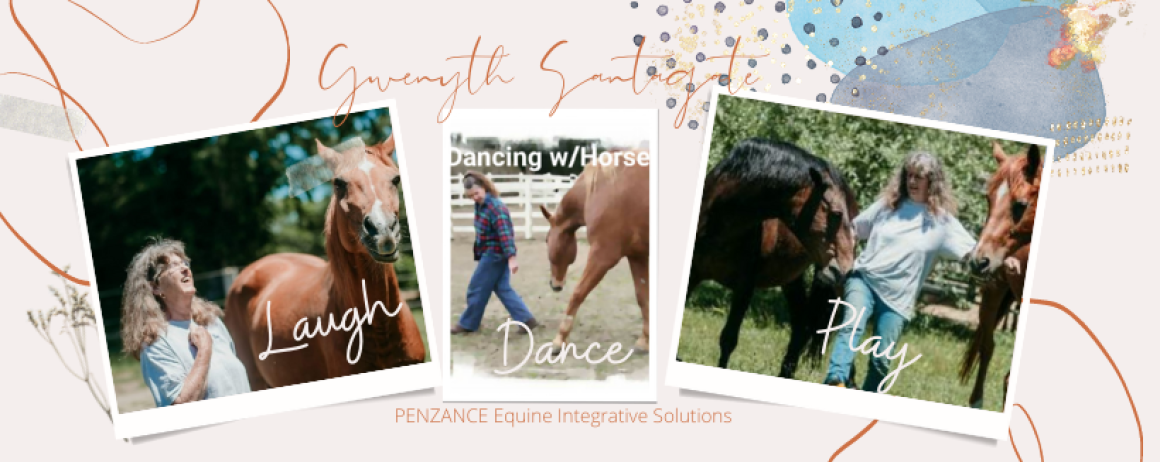
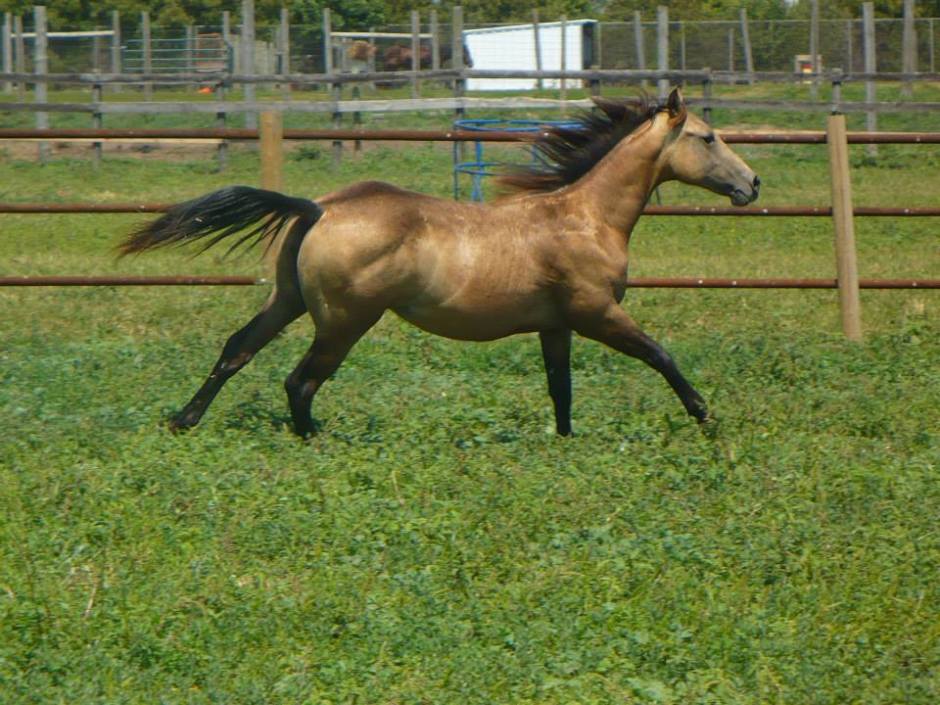










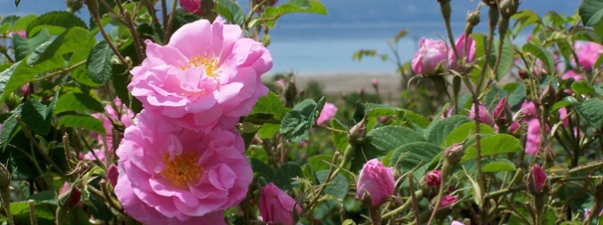

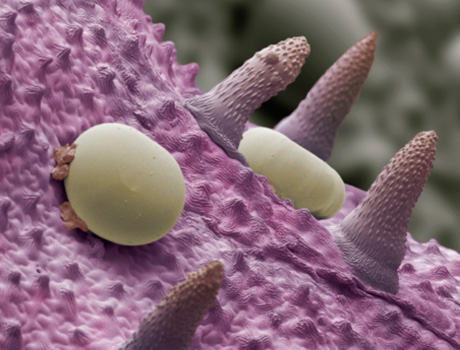
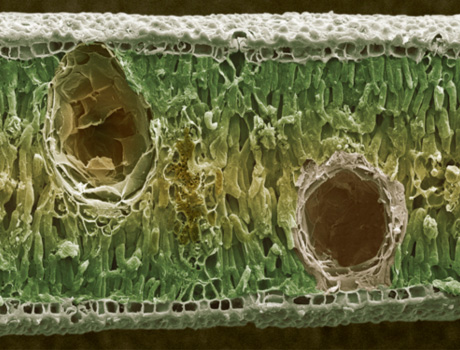
You must be logged in to post a comment.